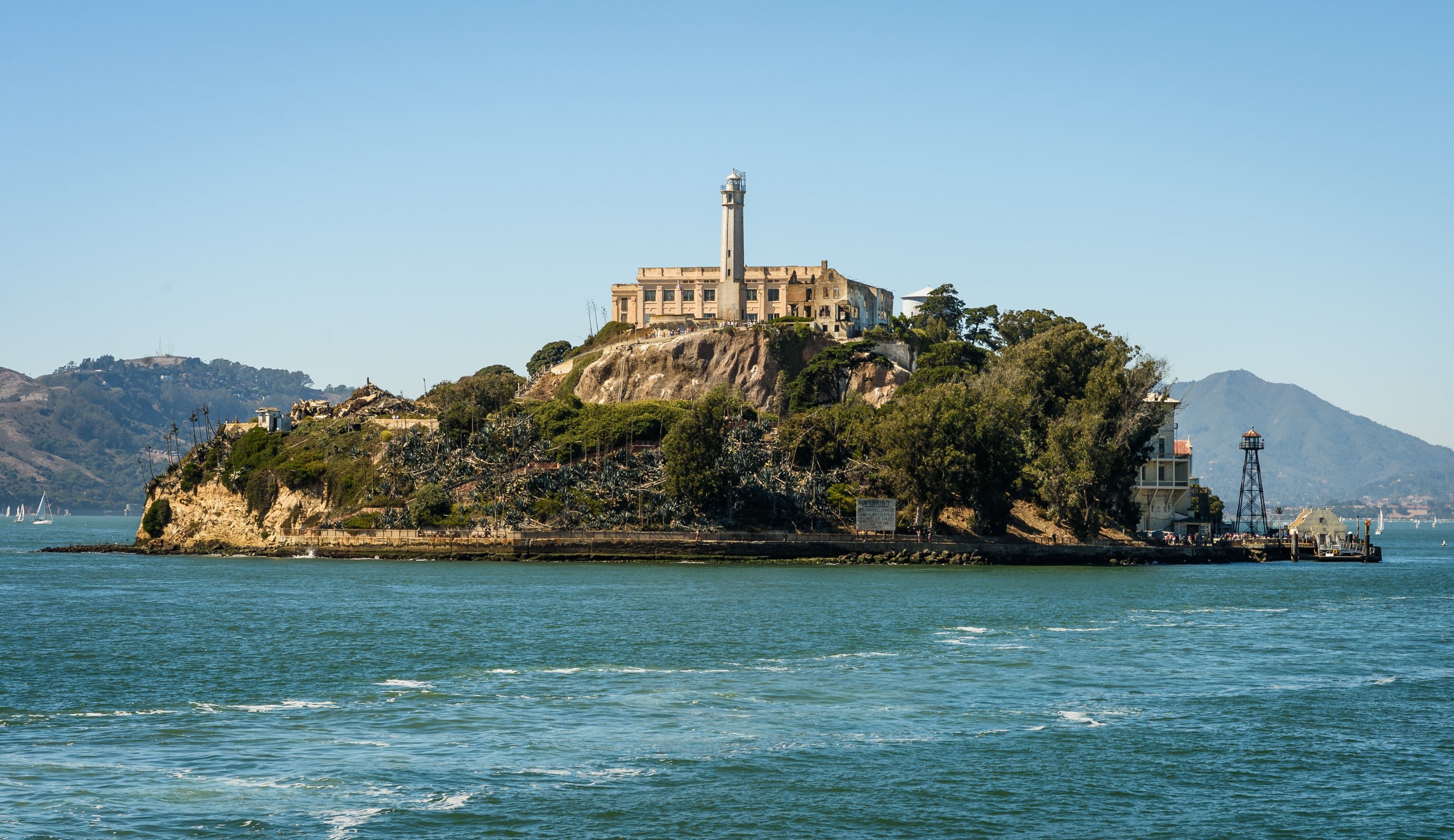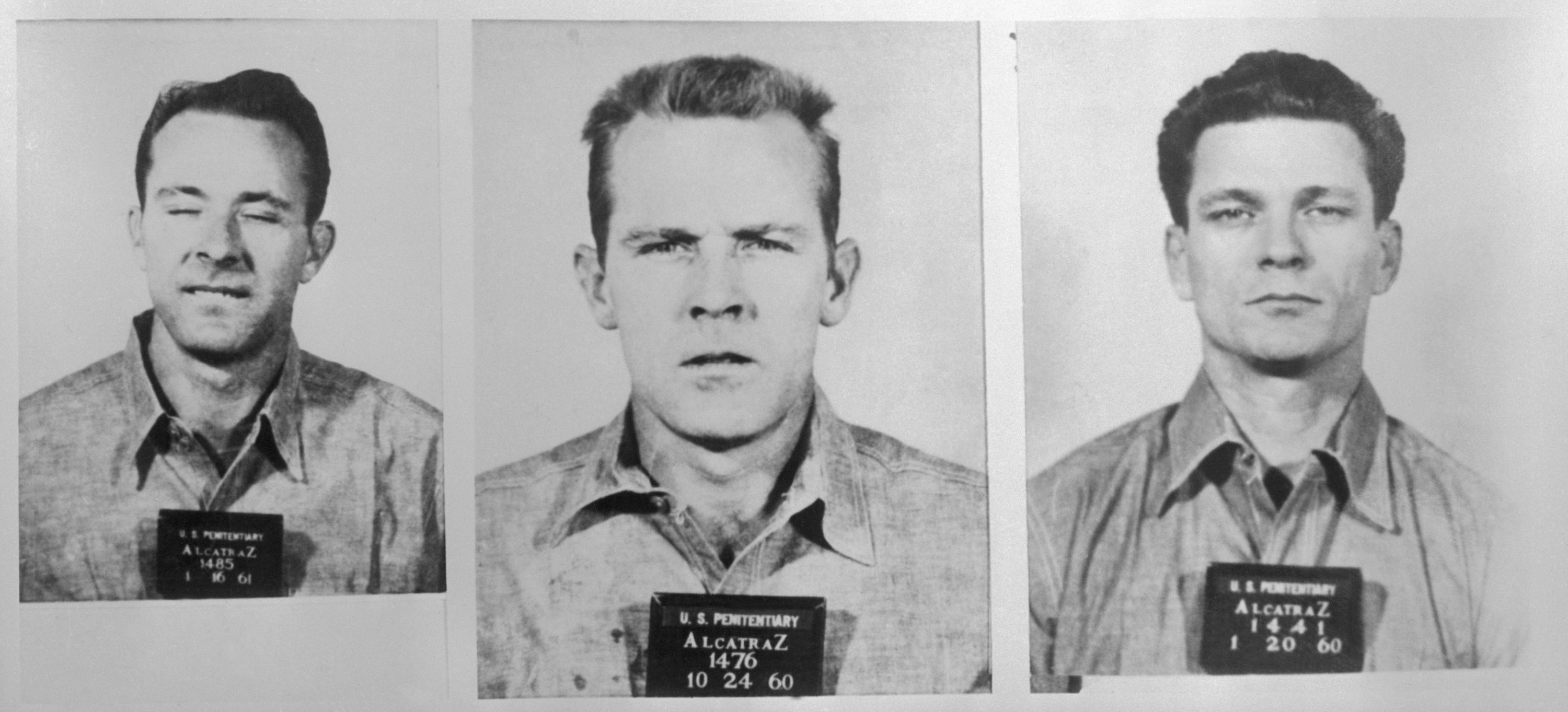© Turkuvaz Haberleşme ve Yayıncılık 2024
Alcatraz Island, an iconic landmark nestled in the heart of San Francisco Bay, has stood witness to a myriad of historical events and captivated the world's imagination. Since its transformation into a public tourist attraction in 1973, it has welcomed a staggering 1.5 million visitors annually.
The story of Alcatraz dates back to 1861 when it was initially employed for military purposes, safeguarding the city of San Francisco. However, the island's most famous chapter began on Jan. 1, 1934, when it was converted into the Alcatraz Federal Penitentiary. For nearly three decades, it housed some of America's most notorious criminals.

Among its most infamous residents were Al Capone, the Italian-American mafia leader; "Doc" Barker; George Kelly, also known as "Machine Gun Kelly"; Robert Franklin Stroud, the "Birdman of Alcatraz"; Floyd Hamilton, the driver for Bonnie and Clyde; and Alvin Karpis, among others. Within the prison's formidable walls, inmates were known by numbers rather than their names, and privileges were virtually nonexistent.
The fortress-like nature of Alcatraz made escape nearly impossible. Inmates faced strict conditions, with most spending 23 hours a day in their cells. Those fortunate enough to have a chance at being cleaners were granted a mere one hour of outdoor respite.
One unusual feature of Alcatraz was its provision of hot water, intentionally designed to acclimate prisoners to warm temperatures. The goal was to dissuade escape attempts by making them fear the frigid bay waters, even in the summer months.

In 1963, Alcatraz Prison shut its doors, but it left behind a legacy of intrigue. During its operation, there were 14 escape attempts, with one particularly legendary event. Frank Morris, alongside the Anglin brothers, John and Clarence, orchestrated an audacious escape in 1962.
The trio meticulously crafted a hole in their cells, connecting it through small vents to the prison corridor, all while avoiding detection. To fool the guards' hourly checks, they fashioned dummy heads complete with real hair.
Scaling from the corridor to the ventilation area, bending iron bars, and eventually descending via water pipes, the three inmates disappeared into the night on June 11, 1962.
Official records maintain that the escapees were never found, but in 2013, an intriguing letter surfaced at the San Francisco Police Department. The letter, purportedly from John Anglin, claimed the trio had successfully escaped in 1962. It stirred enough interest to prompt the FBI to reconsider this unsolved case.
While the prison itself ceased operations in 1963, Alcatraz Island endures as a thriving tourist attraction, luring approximately 1.5 million visitors each year. Offering a fascinating blend of history and mystery, Alcatraz Island continues to captivate the imaginations of all who step foot on its shores.
For those seeking to uncover the secrets of Alcatraz and explore its rich history, the island remains an essential stop on any visit to San Francisco.
